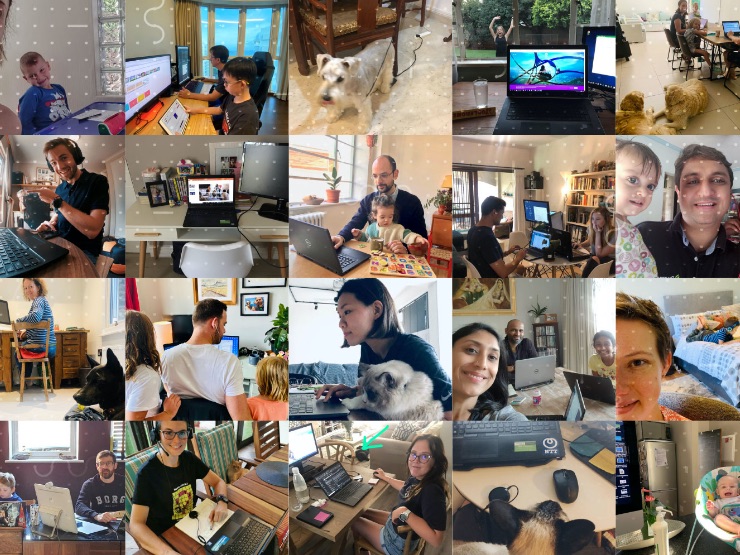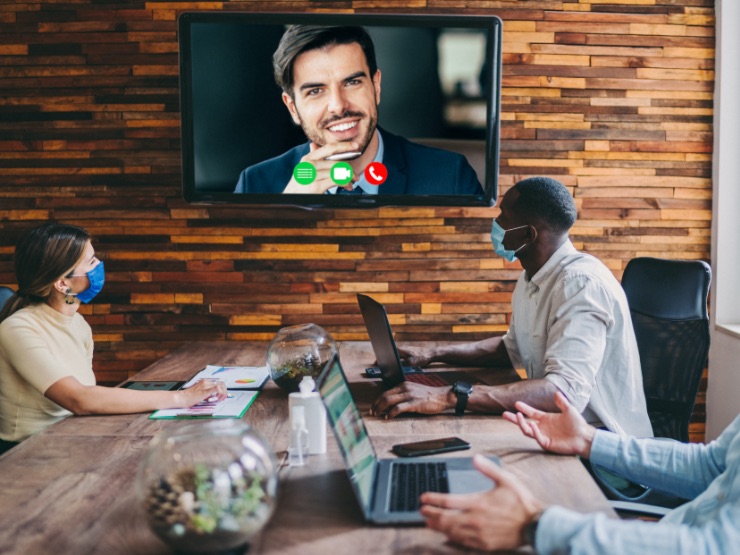-
Featured services
2026 Global AI Report: A Playbook for AI Leaders
Why AI strategy is your business strategy: The acceleration toward an AI-native state. Explore executive insights from AI leaders.
Access the playbook -
Services
View all services and productsLeverage our capabilities to accelerate your business transformation.
-
Services
Network Services
-
Services
Cloud
-
Services
Consulting
-
-
Services
Data and Artificial Intelligence
- AI and Intelligent Solutions
- Data/AI Strategy and Program
- Data Engineering and Platforms
- Data Governance and Management
- Data Visualization and Business Decision
- GenAI Consulting
- GenAI Platforms
- GenAI Industry Services
- GenAI Infrastructure Services
- GenAI Value Transformation
- View Data and Artificial Intelligence
-
Services
Infrastructure Solutions
-
Services
Global Data Centers
-
Services
CX and Digital Products
-
Services
Application Services
-
Services
Sustainability Services
-
Services
Digital Workplace
-
Services
Business Process Services
-
Services
Generative AI
-
Services
Cybersecurity
-
Services
Enterprise Application Platforms
![]()
2026 Global AI Report: A Playbook for AI Leaders
Why AI strategy is your business strategy: The acceleration toward an AI-native state. Explore executive insights from AI leaders.
Access the playbook -
-
-
Insights
Recent Insights
-
The Future of Networking in 2025 and Beyond
-
Using the cloud to cut costs needs the right approach
When organizations focus on transformation, a move to the cloud can deliver cost savings – but they often need expert advice to help them along their journey
-
Make zero trust security work for your organization
Make zero trust security work for your organization across hybrid work environments.
-
-
![]()
2026 Global AI Report: A Playbook for AI Leaders
Why AI strategy is your business strategy: The acceleration toward an AI-native state. Explore executive insights from AI leaders.
Access the playbook -
-
2026 Global AI Report: A Playbook for AI Leaders
Why AI strategy is your business strategy: The acceleration toward an AI-native state. Explore executive insights from AI leaders.
Access the playbook -
Discover how we accelerate your business transformation
-
About us
CLIENT STORIES
-
Liantis
Over time, Liantis – an established HR company in Belgium – had built up data islands and isolated solutions as part of their legacy system.
-
Randstad
We ensured that Randstad’s migration to Genesys Cloud CX had no impact on availability, ensuring an exceptional user experience for clients and talent.
-
-
CLIENT STORIES
-
Liantis
Over time, Liantis – an established HR company in Belgium – had built up data islands and isolated solutions as part of their legacy system.
-
Randstad
We ensured that Randstad’s migration to Genesys Cloud CX had no impact on availability, ensuring an exceptional user experience for clients and talent.
-
![]()
2026 Global AI Report: A Playbook for AI Leaders
Why AI strategy is your business strategy: The acceleration toward an AI-native state. Explore executive insights from AI leaders.
Access the playbook -
- Careers
How we're defining the future way of working at NTT Ltd.
02 November 2020

Topics in this article
Change created by circumstances, driven by culture
The events of this past year have fast-tracked a workplace change that’s been a few years in the making – and may have taken a couple more to implement fully.
When the implications of the COVID-19 pandemic became clear, our goal was to immediately ensure the safety of our people. There was no blueprint or rule book to follow, and the change was unbelievably quick. We implemented business continuity plans at scale, fast, to get close to 50,000 people working remotely to continue servicing our clients.
Our response was driven largely by our culture and values: speed, execute, together. And technology had a huge role to play in keeping us connected and productive, safely and securely.
Looking ahead, these same dynamics have guided our approach to defining a new way of working.
Understanding what employees value
Findings from our 2020 Intelligent Workplace Report show that 79.3% of organizations agree that working from home during the pandemic has been challenging for employees. The majority (75.1%) say employees would prefer to have the choice and flexibility to work in an office when it’s safe to do so.
These findings are very much in line with the feedback we’ve been getting from our people. A group-wide survey on the future of work showed the benefits of working remotely. People are able to focus on tasks that require individual attention and can get more work done in the time they may otherwise spend commuting. Digital learning has taken off, with online education and training programs allowing people to acquire skills and choose when they learn.

NTT employees working from home
From a wellbeing perspective, people have more time and freedom to attend to personal matters and engage in activities that help reduce stress and improve physical and mental health. We’ve placed a lot of emphasis on this, as the risk of burnout is high when people feel they have to be available and online all the time.
Yet, despite all these benefits, what came through very strongly from the survey is that most people don’t want to work remotely all the time.
Many miss going to a place where they can connect with colleagues – be it for collaborative work and problem-solving, meeting clients or interacting on a more social level. This very human aspect of work is just as important to wellbeing and productivity.
Finding a model that fits
Our strategic discussions on the future of working for our organization were guided by this understanding of what our employees value – more autonomy and control over their time, and the flexibility to do the right work in the right places — and by what we’d learnt from moving to a remote working model early in the pandemic.
We defined every role in our organization and found that most are suited to a distributed way of working. For us, this presented an opportunity to expand our employee value proposition and attract a diverse group of people – from full-time employees to gig workers, across generations and cultures – with a new way of working.
Equipping and empowering employees
If we allow for greater flexibility and choice, we need to make sure people have the tools they need to succeed in their roles, and can pick up and work from anywhere. IT has a critical role to play, as technology and digital platforms will be foundational to enabling a distributed way of working. We’ll also rely on technology to orchestrate the way people work together. If they know who’s coming in, and when, they can plan how to make the most of their time spent in the office.
At the same time, we’re reviewing and redesigning office space to support more collaboration and connectedness. As a global organization, it’s really important that we respect and accommodate individual choice and cultural nuances. We also recognize that some regions experience more infrastructure challenges than others. Our workspaces will therefore accommodate people who want to come in daily as well as those opting for more flexibility.
Choice, balance and growth
This year’s Intelligent Workplace Report pointed to a gap between how people are working and how HR and IT policies are defining certain aspects of the workplace.
Our approach is to give distinct guidelines on what’s expected. We suggest a percentage of time (60%) that should be spent at an office location, but we don’t specify when (hours of the day or days of the week). We also accept there’ll be times when people need to come in more often, and times when working remotely will be more effective, and our policies give the flexibility to allow for this.
We’re very clear about our purpose as an organization and the culture we want to build. Connection, innovation and speed are integral to that. We trust our leadership team to reinforce the ethos of respecting individual choice, while enabling teams to work together effectively to deliver for our clients and meet our objectives as an organization.
Policies will guide the way we work, but ultimately it’s our values, culture and leadership that will ensure we execute successfully.




